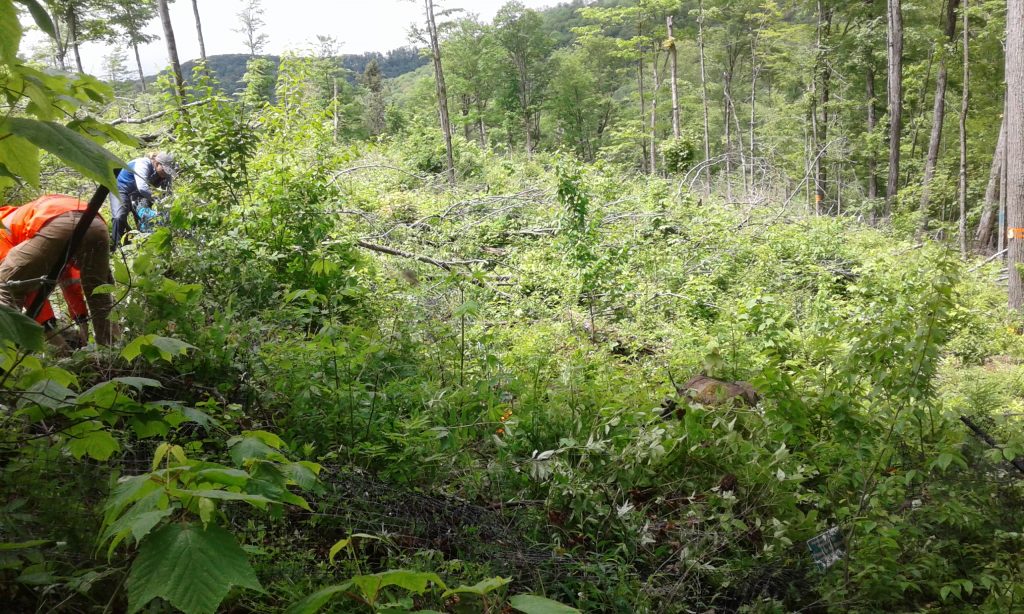From the Northern Veg Crew:
The northern vegetation crew finished their second week of data collection and completed two treatment plots and four regular plots. Deer exclosures happened to be a major issue with one fence being totally destroyed.
Most exclosures which are damaged have had trees fall on them. However, one fence had been obviously damaged by humans. All t-posts were bent straight to the ground and our fencing was cut in multiple places.
The only thing to do at that point was build a new fence from scratch.
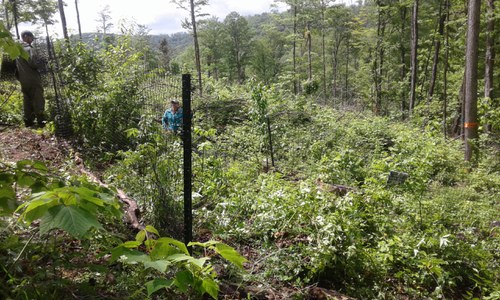
Building a new fence requires bringing about 75ft of fencing, four 7ft t-post, rebar, a post pounder, sledge hammer, and carrying all of the broken fencing material out and back to the truck. It takes a lot of man hours and money [not to mention blood, sweat, and tears] to collect data.
The northern study area supports a diverse community of plants seen on and off trails and roadsides. While hiking during work and exploring on days off, I’ve spent some time with my DSLR and off camera flash to photograph common plants found in the northern Susquehannock forest.
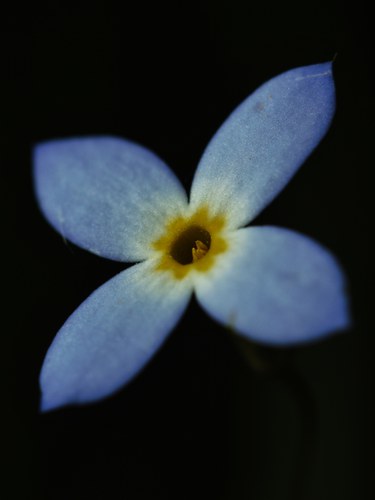
Houstonia caerulea (Azure bluet) found in moist/wet soils
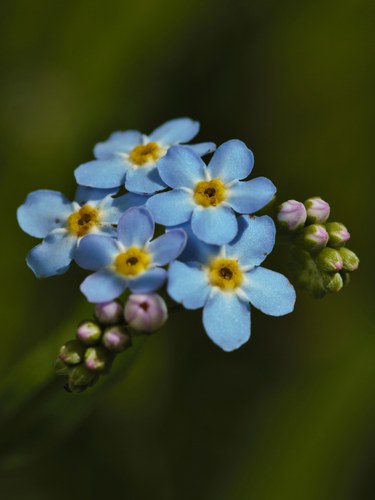
Myosotis scorpioides (true forget-me-not), also found in moist/wet soils
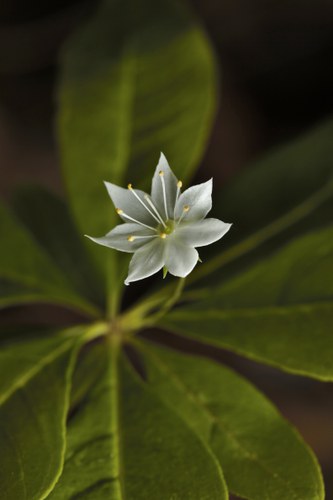
Trientalis borealis (starflower), found in shaded and open wooded areas
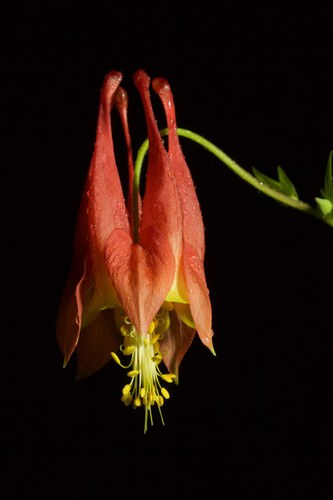
Aquilegia canadensis (wild columbine) found in woodland slopes and rocky outcrops.
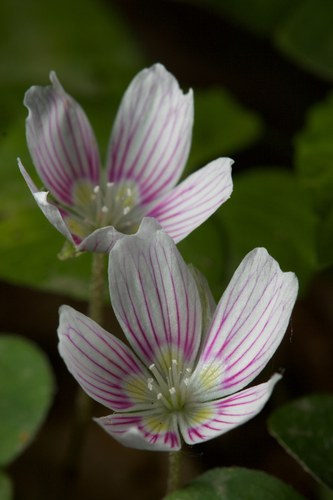
Oxalis montana (common wood sorrel) a shade tolerant native perennial flower.
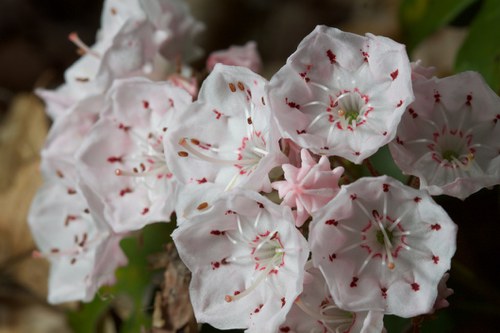
Kalmia latifolia (mountain laurel), found in upland areas
Northern Veg Crew
———————————————————————————————-
From the Southern Veg Crew:
To sum it up, the first 3 weeks of vegetation monitoring for the south crew have been filled with good times, good data, and good encounters! It is all going rather well in both Rothrockand Bald Eagle State Forest.
In the first week, the crew was led into an area thick with rhododendron, adjacent to Bear Meadows Natural Area, in Rothrock State Forest. It was our first day doing a real plot, but we like to think we impressed Danielle.The plot was hard to navigate, but contained some of the only trillium we’ll see all year (T. undulatum)!
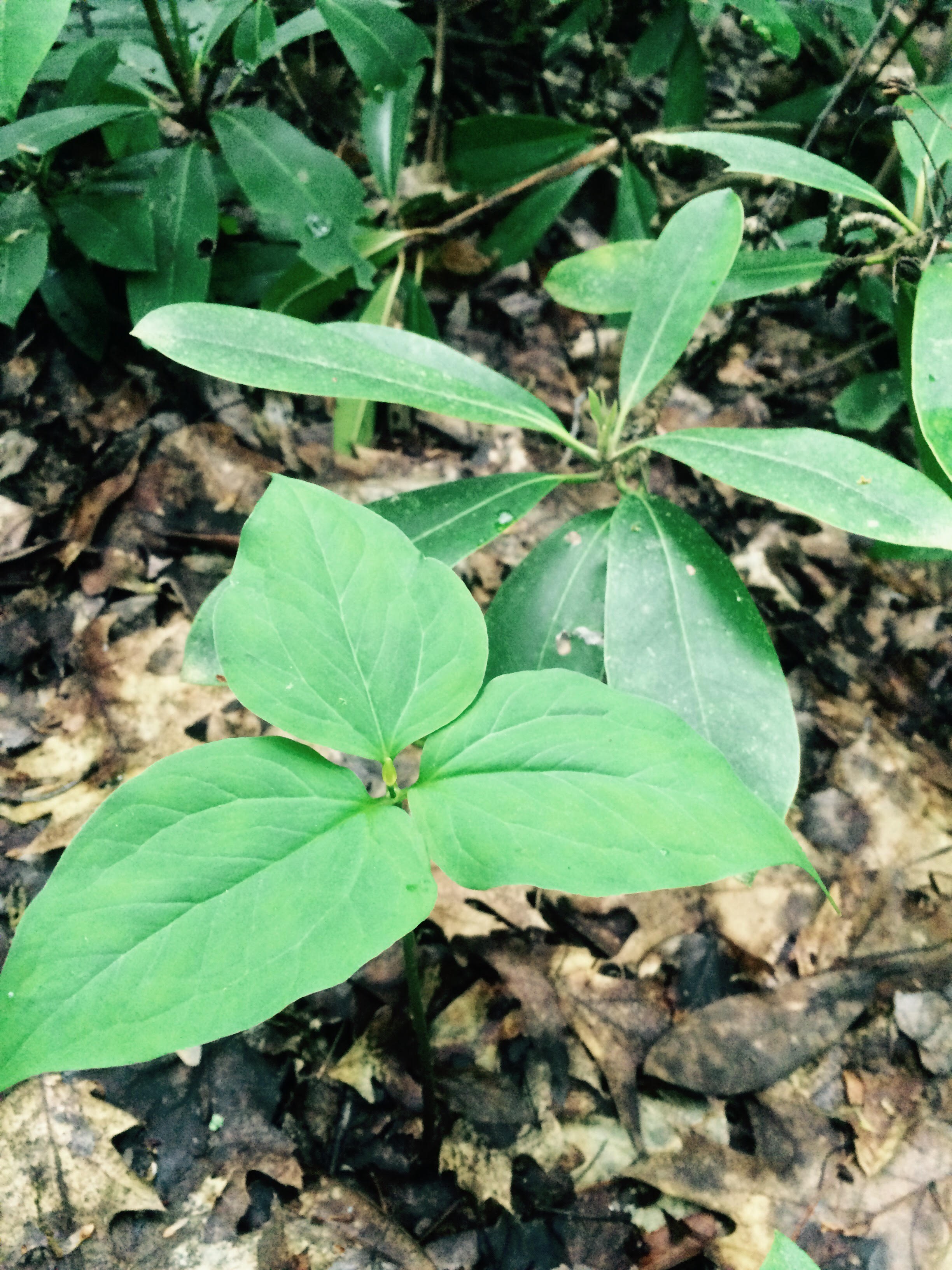
We started getting into the thick of it in the second week. From having the sky fall on us and taking shelter under hemlock trees to having run-ins with rattlesnakes and watching ticks die on our permethrin-treated clothes, it’s been fun…really, it has. The crew is very passionate about the work they do and wouldn’t be spending time any other way than in the great outdoors!
Now, about those encounters. The first timber rattlesnake (Crotalus horridus) of the summer, was found coming toward Will and Mitch in one of the subplots in a treatment area in Bald Eagle State Forest! It was only 10 feet from where Will was sitting.
We watched it for a while as it sat in the sun. It slithered off a few meters and to our surprise, stuck its head down in a hole and pulled out a chipmunk. We watched amazed as it swallowed it!
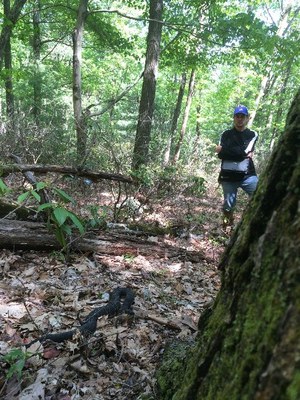
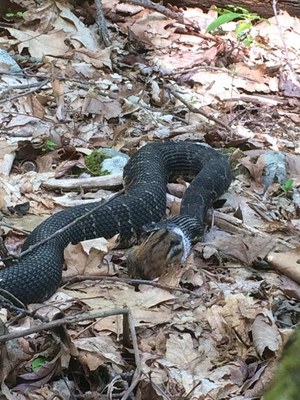
After finishing its lunch, it went off to soak up some more sun. Reptiles sunbathe frequently when air temperatures aren’t quite warm enough to keep their metabolism up. When their internal temperature is high enough it allows for bodily functions, such as digestion, to continue. “Hot” snakes will also be much quicker with their movements, and vice versa.
Some other notable reptiles we have come across (and nearly ran over!) are a relaxed black rat snake, 2 daring wood turtles, a shy eastern box turtle, and some curious red-bellied snakes. Really amazing species we have here in Central Pennsylvania! We have also stumbled upon some wild turkey and ruffed grouse mothers, followed by chicks running around us!
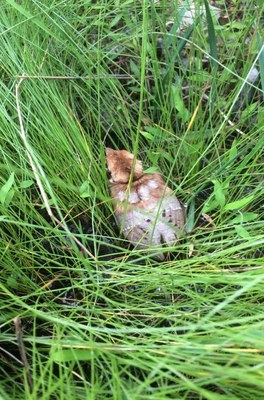

Reptiles aren’t all that can get the blood pumping in Pennsylvania’s State Forest land. Unfortunately, we have no pictures, but we did have our first black bear encounter in Rothrock State Forest in week 3! We were heading down a gravel road, and Will exclaimed “Bear bear bear bear bear!!!” Brake pedal to metal and whipped into reverse. The F-150 did its best to get back to the sighting location but alas, the bear had vanished into the thick mountain laurel, or as we call it, KALA! [short for Kalmia latifolia]
This time of year bear food is sparse, but soon delicious blueberries, blackberries, and raspberries will be found throughout the understory. This will make bear encounters all the more common.
Let’s not forget about the plants! Some notable ones we have observed include a huge 33-35” DBH eastern hemock (Tsuga Canadensis), a surprisingly large ~30” DBH tulip poplar (Liriodendron tulipifera), tall flowering indian cucumber root (Medeola virginiana), and some beautiful flowering smooth Solomon’s seal (Polygonatum biflorum).
The flowering herbaceous plants (which were the largest we have seen of their species so far!) were both found within fenced subplots. Coincidence? I guess we’ll find out! Til then, cheers!
Southern Veg Crew
If you would like to receive email alerts of new blog posts, subscribe here.
And Follow us on Twitter @WTDresearch
